
![]()
This Burmese semolina pudding is rich and moist in the middle and crunchy on top. It always goes down well at the end of a meal with a splash of cream and if there are any leftovers, have it with a cup of tea the next day.
ingredients
350g semolina (preferably coarse grain)
350g caster sugar
400ml coconut milk
1 teaspoon salt
2 large eggs, beaten
600ml water
125ml peanut oil
1 tablespoon white poppy seeds
method
Pour the semolina on to a baking sheet or frying pan and roast over moderate heat or under the grill for 5-10 minutes. Stir frequently until the semolina has turned golden brown. Watch carefully so it does not burn. Remove from the heat and pour into a large saucepan.
Mix in the remaining ingredients, except the poppy seeds. Use a whisk to remove any lumps. Over a moderate heat bring the mixture to the boil, stirring continuously. Soon you will notice the mixture beginning to thicken and at the first sign of bubbles appearing, turn down the heat to the lowest setting.
You need to stir continuously throughout the cooking process. As the mixture becomes thicker, it can be hard work. I find it useful to recruit an extra pair of hands in the kitchen to help. Continue to simmer very gently for 8-10 minutes until the mixture starts to clump together and comes away from the sides of the pan easily.
Pour the mixture into a cake tin or an oven-proof dish, approximately 22cm in diameter, which has been greased with oil. Smooth over the surface with the back of a spoon so it is level. Sprinkle the poppy seeds and place under a hot grill for 8-10 minutes until the top is golden and some cracks appear on the surface. Serve the Burmese semolina pudding at room temperature.
serves: 10-12
cooking time: 30-40 mins


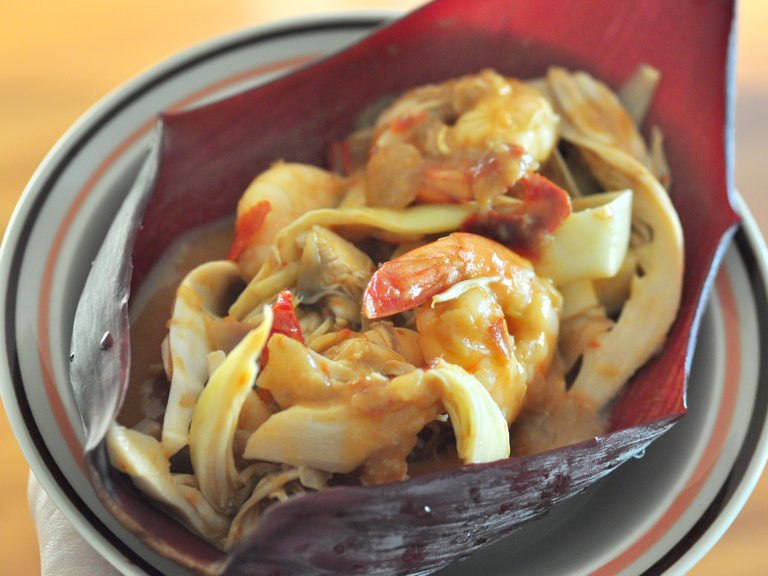
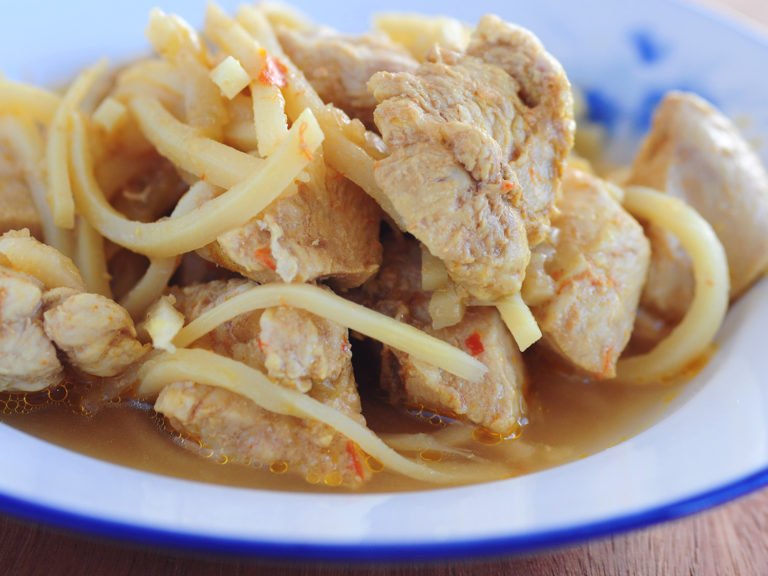
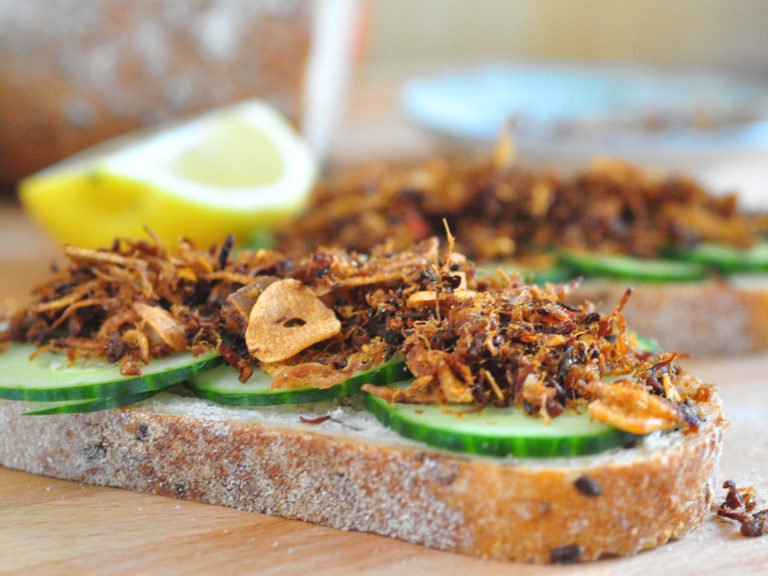
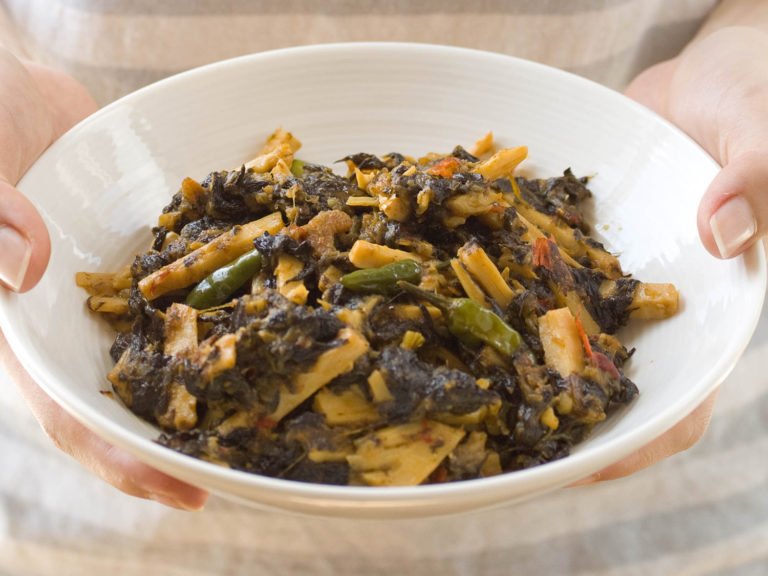
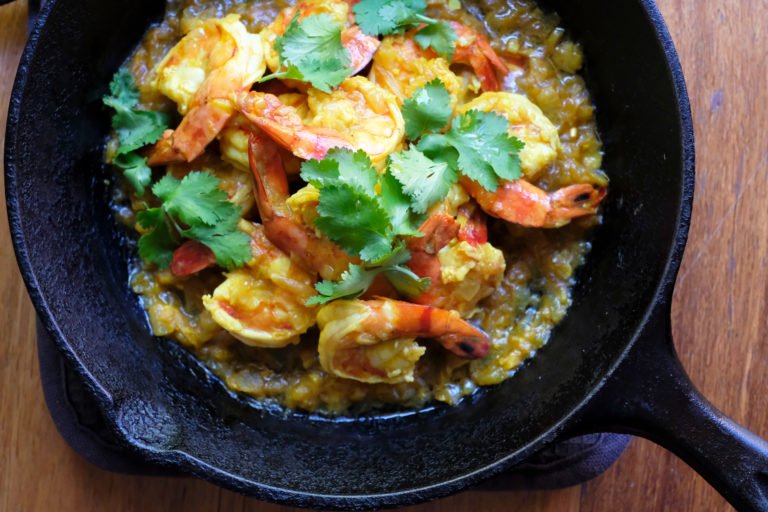
ooh that has got some fabulous texture! i’m liking the idea of eating it with cream. mmm
A fantastic sweet dish and one which takes me back to when I was a kid (in England); in fact it was one of the reasons I bought the book.
Actually, the last time I went to the SE Asia region (Tak province) there were quite a lot of Burmese who weren’t familiar with it; in fact only a lad from Yangon seemed to know about it.
Shwegyi Sanwin Makin is out of this world: texture, taste, looks.
Is there a recipe somewhere on your site for Shan Tofu? Not the ‘athoke’ part but the tofu proper?
Dear `Cho,
I really like your recipe of split peas fritters. If you know how to make some types of Burmese halwa, please post on your website.
I like to make Magwe Halwa and Bassein Halwa as I can’t get in U.S.
Thanks in advance.
Hi Aye
I’m not familiar with the halwa you mentioned…tell me more. I’d like to see if I can find recipes for them.
– Cho
Dear Cho,
Thank you for your quick response. I know only two types of Burmese halwa: one called Bassein halwa made with white sticky white and poppy seeds and another one is called Myeik halwa or Mohkalamei made with red sticky rice , white sticky rice and regular rice. One Burmese media website mentioned it in incomplete way and I hope no one can make these with their recipes. Again, thank you so much for your help and reply.
hi,cho
I know various versions of Halawa, but not Halwa. I suppose they are the same.
Hi ! Am living in Thailand. I am presently have 2 burmese house helpers. They are deligent, sweet and passionate. The only thing is they cannot cook and they do not read Thai nor English.
I would like to find them a Burmese language cooking book for Europe and Chinese food. Is there anywhere or recommended website that I can order such kind of cooking book ?
Would appreciate if you can have any suggestions.
Su
Hi! Dear Cho, Thanks you for your Recipe. It was just fine for me. i think it ‘s suitable for weight watcher.
kyi thar e152bu
dear co,
reading and going throuh the recipes brought tears to my eyes.i was brouht up in rangoon,it was such a beautiful child hood,very multicultural,celaberating each others festivals,i just long to go there and eat all that road side food ooooh, so delicious,the night bazaar,walkin and plaing in the water festval, so much fun.i am going there for my holidays.i cant wait.
thank you so very much
I had this when I was young. My best friend was Burmese and her mum would make this all the time, sometimes adding cardamon or durian to it. I have been searching for this everywhere and am pleased to say I have found the same taste from your recipe. It really takes me back to my teenage years. Thank you.
Wow, I’d like the idea of adding durian to it. Will definitely have to try it 🙂 Thanks Grace
Hello – Can I use cornmeal instead of semolina? 🙂